Steinitz's positional play that expanded our understanding of chess | Classics Ep.03
Born in 1836, Steinitz became the first official World Champion at the age of 50 years in 1886. Starting out as a brutal attacker, Steinitz made a lot of changes in his playing style that led him to discover certain ideas related to positional play that have been very obvious these days! But back in 1885, they weren't so obvious. This game between Steinitz and Sellman, that you are about to see in Chess Classics you must know Episode 3 is something that will help you deepen your understanding about weaknesses, manoeuvring and other positional concepts. The ten questions, game analysis by Kasparov, and the video explanations by Sagar Shah is not to be missed.

Back in the 1800s when the world was under the influence of aggressive attacks of Morphy and Anderssen, there rose a man who understood chess more deeply. The general notion was that attacking the king was the only way to win a game of chess and attack in general was considered the best way to play chess. Then came a man who changed the understanding of just about everyone with regards to how chess can be played - Wilhelm Steinitz. It's not like Steinitz grew up with the understanding of subtle positional play. He too loved to attack. However, towards his 40s (somewhere around 1875) he started to understand the deeper essence of the game. In this regard the game that we have chosen for the episode three of chess classics you must know is very important. It was one of those games where Steinitz managed to beat his opponent with pure positional play. By just understanding weaknesses in the position, by just putting the pieces on the most logical squares. Let's have a look at the game.
Steinitz vs Sellman, 1885
(Instructions to solve this test: A serious student should check each position carefully given below. He/she may even setup the position on the board. Write down the answers to all 10 positions in a notebook. And then go over the PGN analysis at the end of this article or the video analysis at the start of this article to check if your answers were right or not.)
Position 01

Position 02
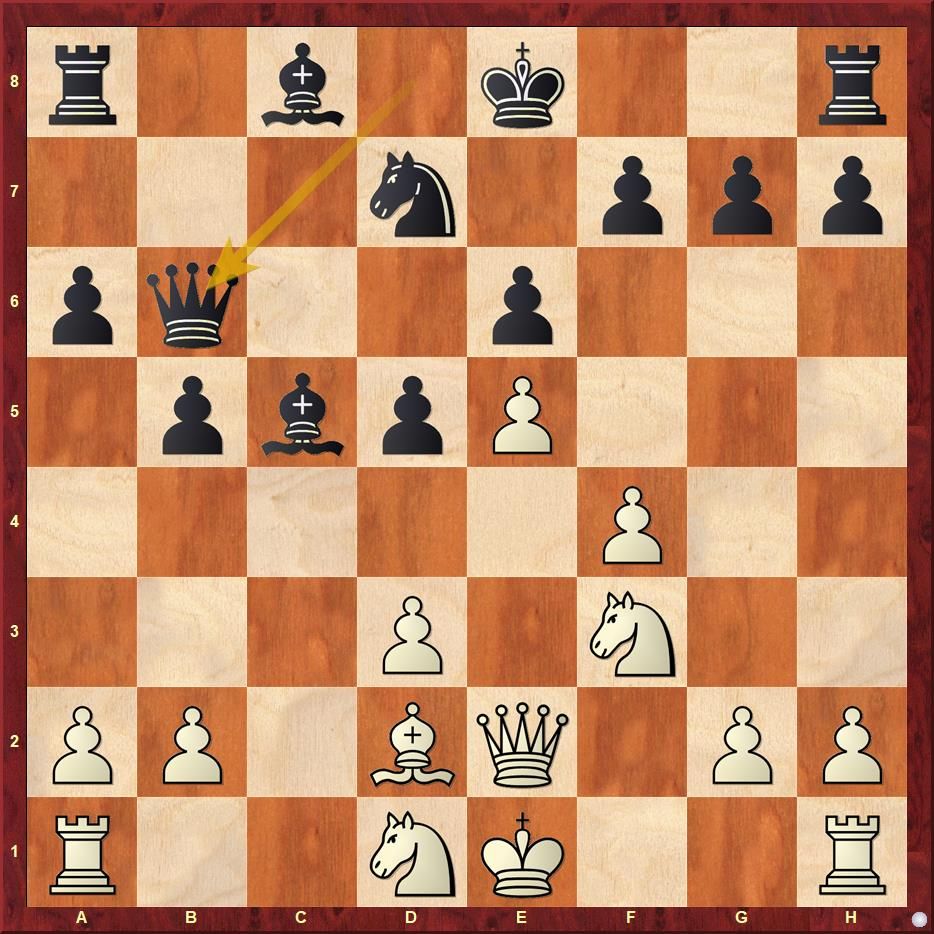
Position 03
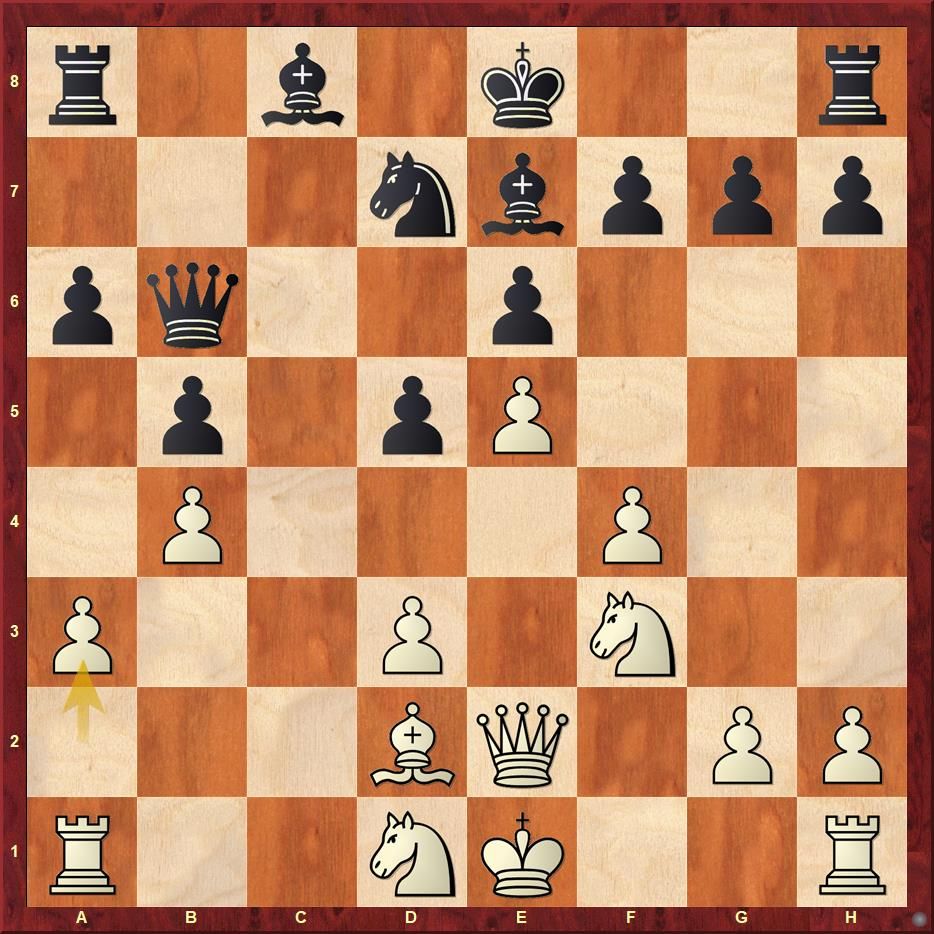
Position 04

Position 05
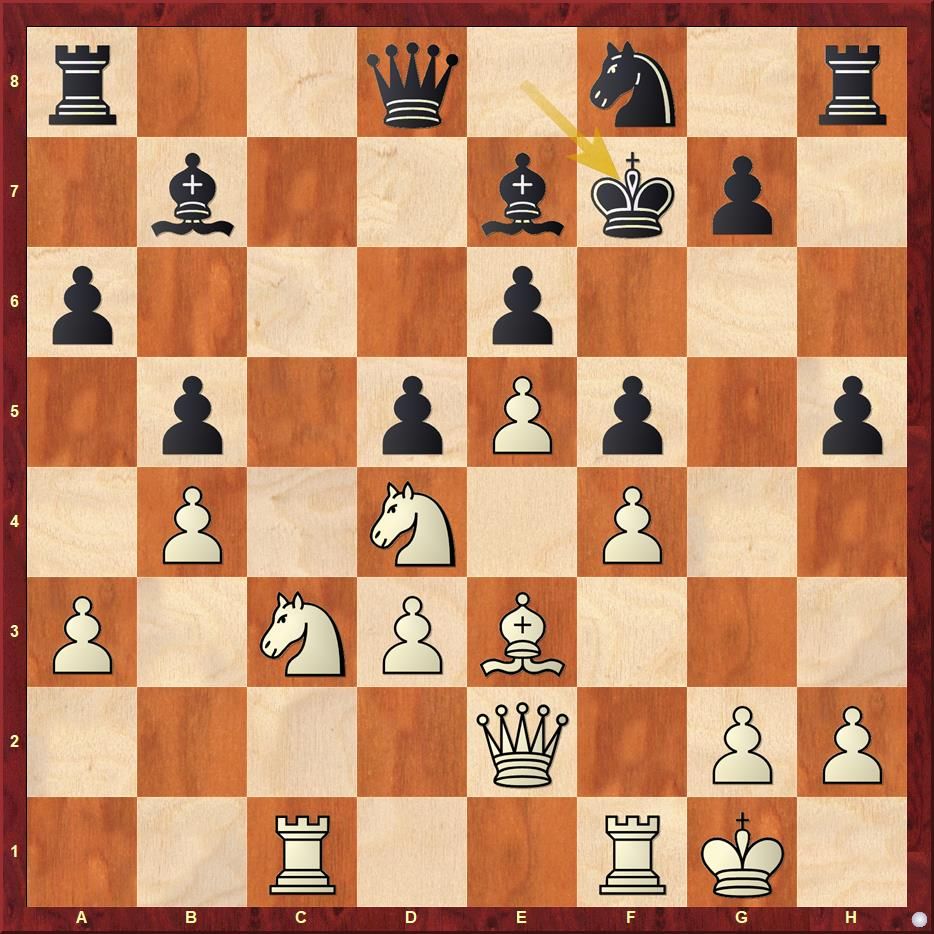
Position 06
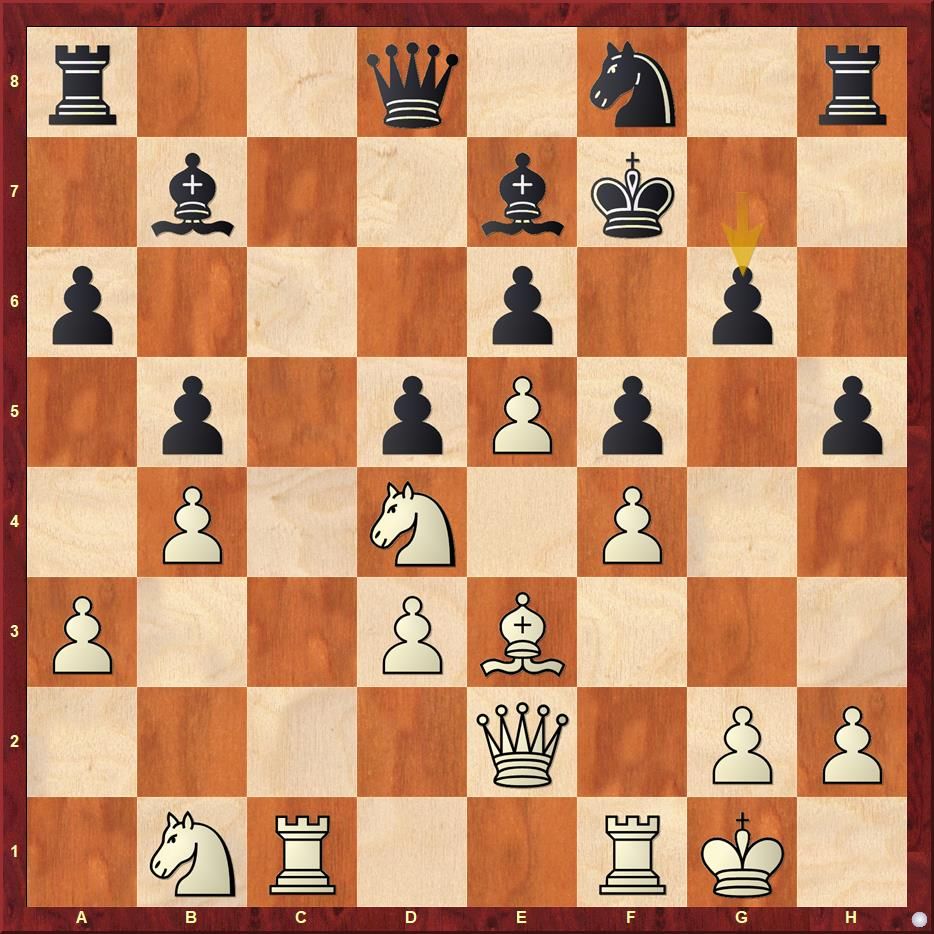
Position 07
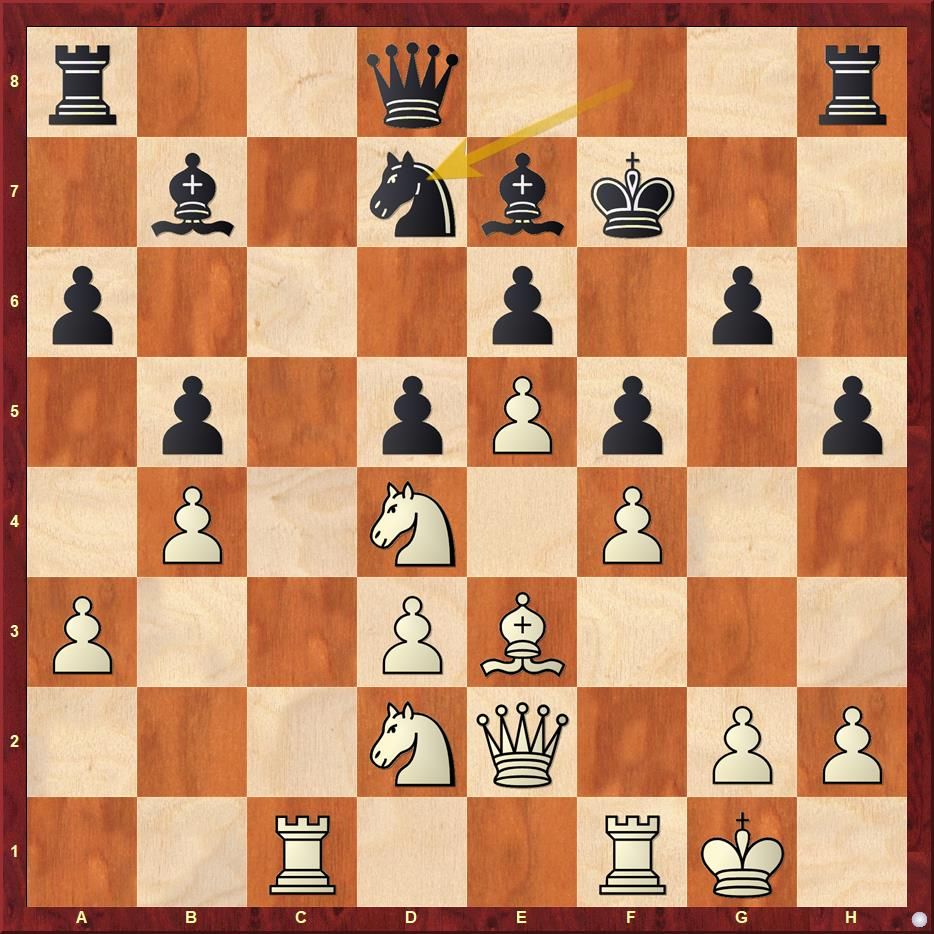
Position 08

Position 09
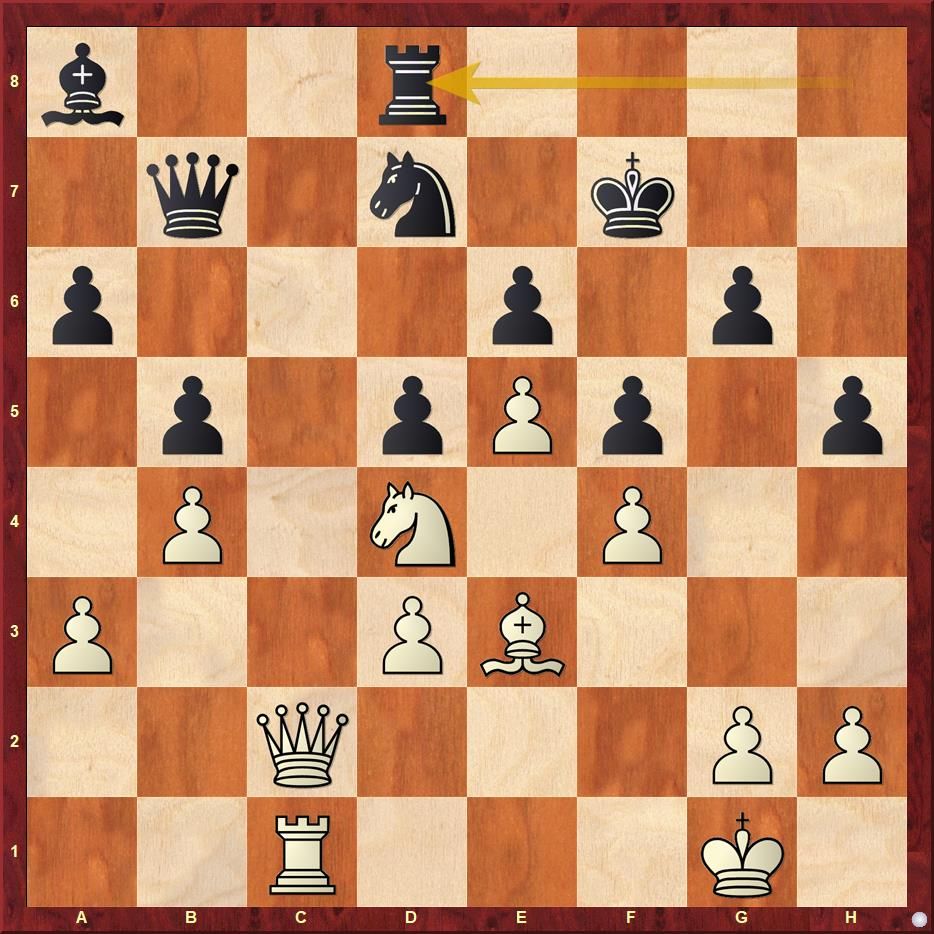
Position 10
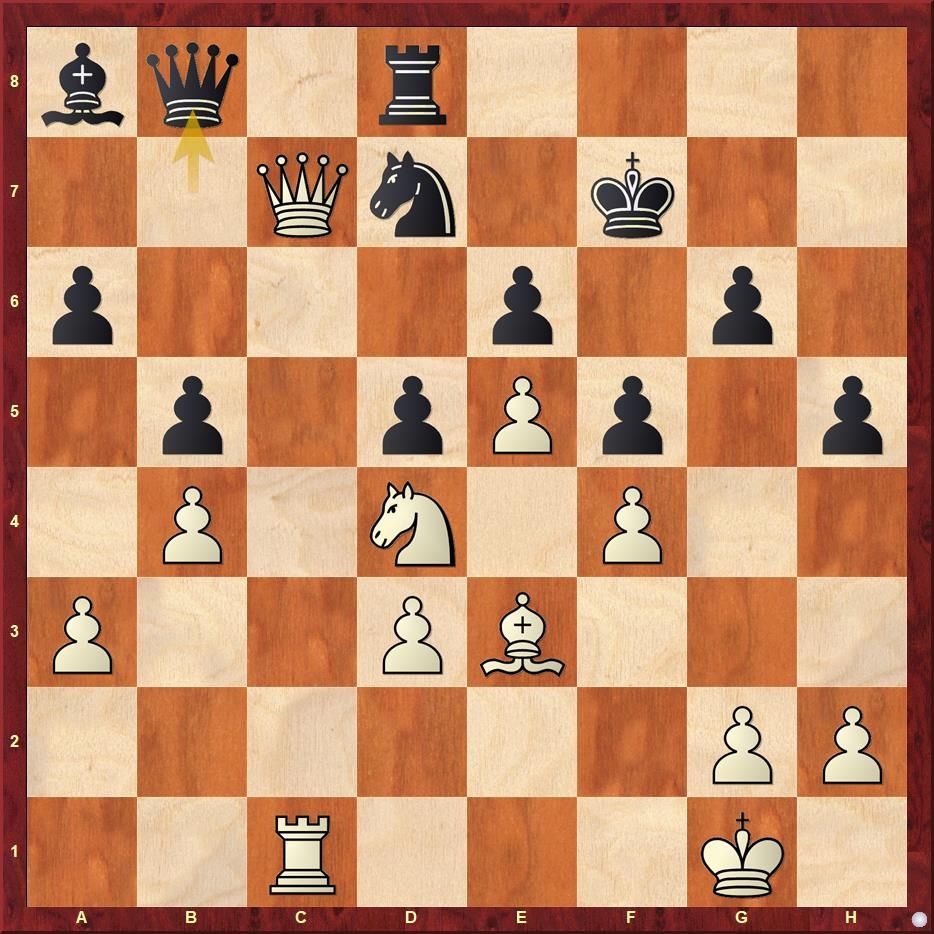
Was Steinitz the first World Champion?:
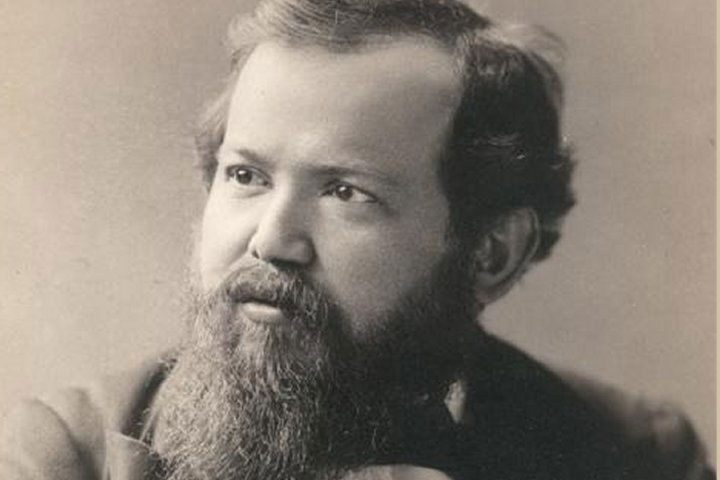
There is a long-running debate among chess writers about whether Steinitz's reign as World Chess Champion began in 1866, when he beat Anderssen, or in 1886, when he beat Zukertort. In April 1894 the British Chess Magazine described Steinitz as holding "the chess championship of the world for 28 years". However, there is no evidence that he claimed the title for himself in 1866, although in the 1880s he claimed to have been the champion since his win over Anderssen. It has been suggested that Steinitz could not make such a claim while Paul Morphy was alive. Morphy had defeated Anderssen by a far wider margin, 8–3, in 1858, but retired from chess competition soon after he returned to the US in 1859, and died in 1884. The 1886 Steinitz vs. Zukertort match was the first that was explicitly described as being for the World Championship, but Howard Staunton and Paul Morphy had been unofficially described as "World Chess Champion" around the middle of the 19th century. In fact one of the organizers of the 1851 London International tournament had said the contest was for "the baton of the World's Chess Champion", and in mid-1840s Ludwig Bledow wrote a letter to Tassilo von Heydebrand und der Lasa suggesting they should organize a world championship tournament in Germany. Some commentators described Steinitz as "the champion" in the years following his 1872 match victory against Zukertort. In the late 1870s and early 1880s some regarded Steinitz as the champion and others supported Johannes Zukertort, and the 1886 match was not regarded as creating the title of World Champion, but as resolving conflicting claims to the title. On the other hand George Alcock MacDonnell hailed Joseph Blackburne as "World Champion" for his win in the 1881 Berlin Tournament, George Henry Mackenzie as having "won the Chess Championship of the World" in 1887, and Isidore Gunsberg as "among the champions of the world" following his win at "Bradford Place" in 1888. However, Steinitz regarded G.A. MacDonnell as "one of my bitterest and most untruthful persecutors" (source-Wikipidea)
Solutions:
The answers to all the questions above are found in the game analysis below which is done by Garry Kasparov in the Mega Database 2020.
Products that can help you get better at chess:
If you enjoyed Sagar's analysis then you should get yourself ChessBase 15. This is where he does his analysis and you should strongly consider getting the Mega Database along with it that has over 8 million chess games in it. Because not only does the Mega Database have so many games, it also has them annotated by great players, like the one above done by Garry Kasparov.
If you want to know more about the great Tigran Petrosian:
Sagar's DVD on Chess Classics can help you to ignite your love for the games of the great masters of the past.




